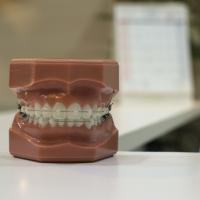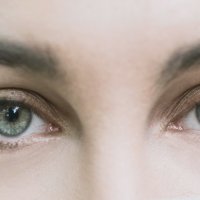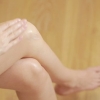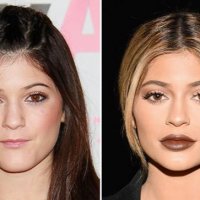The Best Men's Belts Guide You'll Ever Read
A belt goes far more beyond than ensuring that you're not caught pants down; a belt screams about your personality, your tastes and may even speak loudly about your lack of judgment.
And this is why you need to be thorough when choosing a belt.
Fortunately, you don't have to worry about your belt selection because we've compiled a comprehensive guide on the men's belt.
First things first, let’s see at the essential parts of a belt:
The Parts of a Belt
A belt is comprised of five essential parts, which include:
- Strap: It's the "belt" part, and it covers the waist and typically constructed from leather.
- Buckle: The buckle is the “front” part of the belt that consists of a prong and frame.
- Frame: This is the metal piece that connects one end of the strap to the other end.
- Prong: A metal piece that rests at the middle of the frame, and it goes through one of the strap’s holes for a tight fit
- End tip: It’s a metal piece that covers the end of the strap opposite the frame, though it’s not found on every belt.
How to Pick a Belt
Now that we know the essentials of a belt let's look at how men can pick a belt that will match their outfit.
Material and Texture
The material construction and the manufacturing process are crucial in determining the quality of a belt.
Ideally, however, leather is often the preferred material for many because it’s resistant, and does not stretch.
At https://badichibelts.com/, for instance, you can find full-grain leather belts or even customized leather belts that are sturdy, durable, and age well.
However, when selecting a belt material, keep an open mind, and you might as well go for the suede belts, woven belts, or other embossed/textured belts.
Consider your Shoes
Menswear 101- When choosing your belt, always ensure that you match it with the color of your shoes.
Height
The ideal height of your belt should range between 1 inch to 1 ½ inch.
This height works and matches well with almost any style of trousers or pants.
Match your Metal Accessories
Though gold, silver, and brass tones are all acceptable finishes for your belt buckle, always ensure that you pick a material that will match any other heavy metal you're wearing, and this includes the watches as well as cufflinks.
Work With What You Have
No belt is ideal for every occasion, and so, it’s always necessary that you consider the type of clothes that make up your sartorial arsenal before purchasing a belt.
Generally, a dress belt, for instance, will be a suitable option for those who spend a lot of time in the corporate space, while a casual belt is suitable for those looking for more relaxed looks.
Fabricate
Though leather is considered as the epitome of belt quality, it’s not the only option available. Don’t dismiss other options such as cotton, or even woven fabric.
How To Size a Belt
Choosing the right size of your belts should be easy.
Ideally, the size of your belt should be approximately 1 or 2 inches longer than the waist length of your pants.
For instance, if you usually wear a 42 inches pant, then your belt should be 43-22 inches long.
If you don't know the size of your pant's waist, you simply need to measure an old belt of yours or al least wrap it around your waist over your pants.
However, if you’re adding a belt with a plate buckle, always keep in mind that the throw, or rather the distance from the chape to the hook will usually add up to the length of the belt.
How to Color Match your Belt
As practically with any piece of menswear, always avoid bold colors, but instead, choose belt colors which are versatile and less prone of sending your outfit in a complete meltdown,
Here’re a few pointers on the art of color matching;
Dark Brown Belt
This is the most versatile color, and it goes well when accompanied with claret shoes.
A universal color type, it can practically be worn with any color of the suit, though it matches well with trousers with mid to dark tone.
Black Belt
The black belt is the second most versatile color, especially when paired with black shoes.
However, it's also best worn with a monochrome color palette such as charcoal and black.
Blue Belt
It’s quite a tricky color to master, though a subtle option for those looking to add a flash of color to their attire or even showcases their personality.
Tan Belt
Tan belts match with tan shoes and play along well with navy suits. They can also complement trousers in earthy tones such as khaki or brown.
The Dos and Don’ts Of Buying a Belt
- Don’t choose a bright color or tonal design if you’re looking for a versatile belt
- Do measure your waist size before purchasing a belt
- Don’t choose belt design with large buckles
- Do pick a belt that complements your other accessories
More to Read:
Previous Posts:






